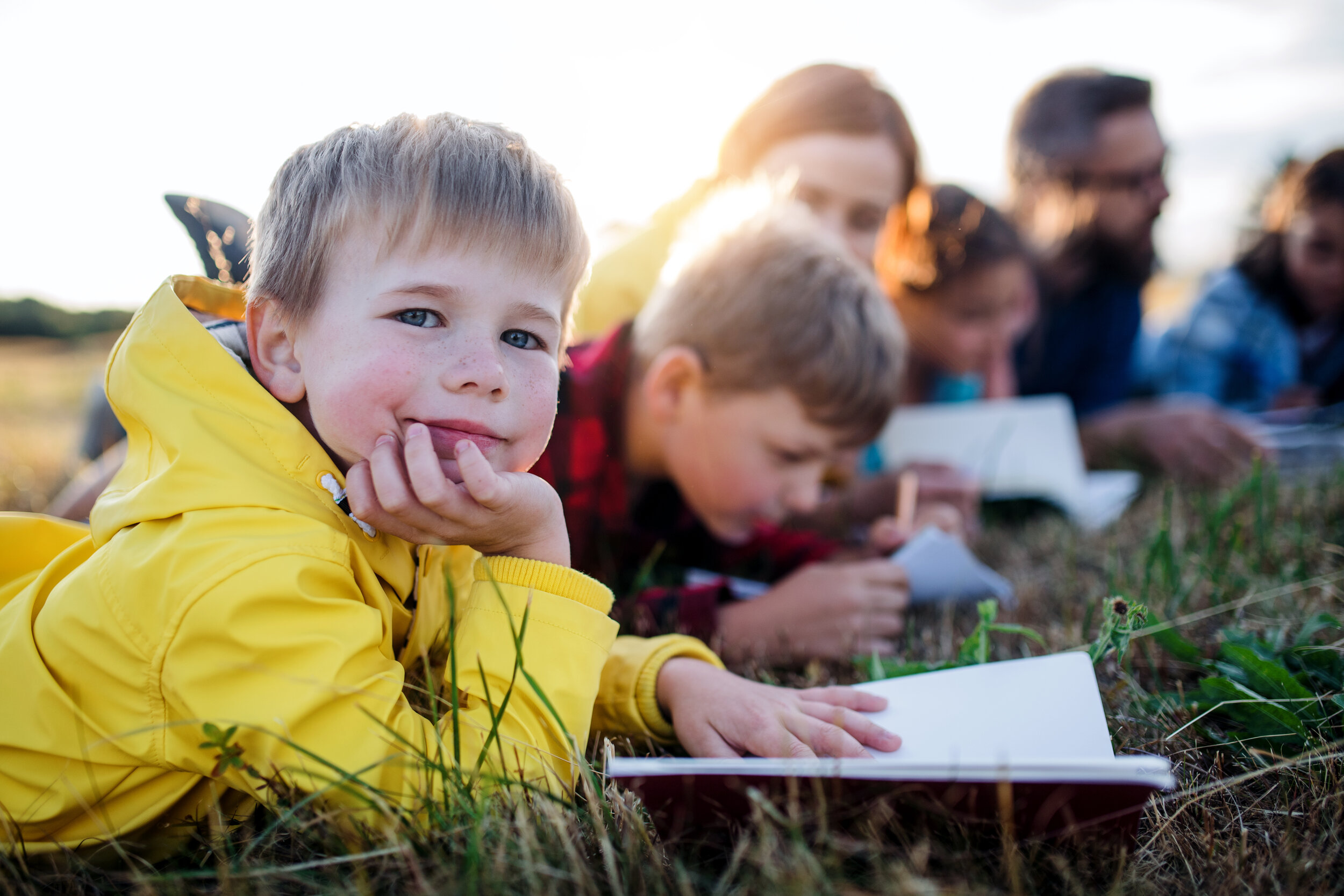Citizen Science: Bee Buddies!
Citizen science is when curious kids and adults become real scientists by making observations and collecting data for fun projects!
Citizen science projects can be anything, but usually, they are really big, stretching across the entire country sometimes. The more people that help, the more information scientists have to make important decisions about things like the environment.
The best part is anyone can be a citizen scientist! In this project, you are going to learn about and observe bee behaviors in your area.
Insect Investigation: Bees
Did you know scientists believe that bees have flower preferences? Bees can’t see the color red, but are drawn to purple, blue, white, and yellow.
Scientists also believe that bees prefer flowers that are native to the area. This means that landscaping, such as gardening, can reduce the number of flowers that pollinators need to survive. Amazing scientists at the Chicago Botanical Garden are studying this theory. In this activity, we are going to help scientists by observing and counting the number of pollinators that visit native flowers such as wildflowers and the number that visit landscaped flowers.
Wildflowers
Landscaping flowers
Learning Objectives/Opportunities
Build basic knowledge about pollinators (bees)
Science process skills: observing, measuring (counting), recording and sharing findings
Developmental Skills: executive function
Next Generation Science Standard
2-LS2-2. Develop a simple model that mimics the function of an animal in dispersing seeds or pollinating plants.
Let’s Begin!
Materials:
Bee Observation Sheet
Clipboard
Pencil
Stopwatch
Directions:
Print out the bee observation sheet below
Scout around your schoolyard or backyard for a spot with wildflowers and one with landscaping flowers.
Take a class field trip to the wildflower location around midday on a warm, sunny afternoon.
Record basic information about the day on your observation sheet.
Set your stopwatch for 5 minutes.
Observe and record the number of bees you observe visiting the flowers at the wildflower location for five minutes.
Repeat at the landscaping flowers
Science Background: The Case of the Disappearing Pollinators
Did you know, bees are incredibly important to our ecosystem? Some experts estimate that 1/3 of all plants and flowers are pollinated by busy worker bees, including the plants that make our food! Unfortunately, bees are slowly disappearing. Experts suggest the slow disappearance of these insects is due to 3 things:
Pesticides
Habitat Loss
Environmental Change
You can help protect bees by reducing the number of outdoor chemicals your school and family use and helping to cultivate or protect areas with indigenous flowers. Participating in community science projects like this one helps scientists better understand what bees need to thrive.
Research Connection: Opportunities for Executive Function
This activity offers an opportunity for children to practice executive function skills. Executive function skills are a set of self-regulatory abilities such as patience and turn-taking. During preschool and early elementary school, these skills go through incredible development. Strong executive function skills are linked to long-term success in school and the workforce. in fact, executive function is one of 2020’s Ready to Learn Skills. Activities such as this one help children to practice concentration and focus for specified durations of time.



